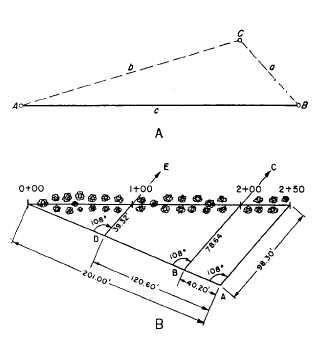Figure 13-20.-Random line method of locating intermediate
stations.
passes through both A and C. When you do this,
the telescope is reversed, but the instrument is
not rotated. This means that if the telescope is
reversed for backlighting on A, all sightings on
A are made with the telescope reversed. Mark a
point on the ground directly under the instrument.
Then, you continue to use this method with the
telescope direct for each backsight on A. Mark
a second point on the ground. The point you need
on the line AC is then the midpoint between the
two marked points.
The method outlined above is usually time
consuming. Even though the shifting head of the
instrument is used in the final instrument
movements, you may have to pick up and move
the instrument several times. The following
method often saves time. After finding the
approximate position of the line between the two
points, you mark two points B´ and B´´, (fig. 13-19,
view C), 1 or 2 feet apart where you know they
straddle the line AC. Set up over each of these
two points in turn and measure the deflection
angles a and P. Also measure the horizontal
distance a, between points B´ and B´´. Then you
can find the position B on the line AC by using
the following equation:
in which a’ is the proportionate offset distance
from B´ toward B´´ for the required point B, and
a and P are both expressed in minutes or in
seconds.
RANDOM LINE
It is sometimes necessary to run a straight line
from one point to another point that is not visible
from the first point. If there is an intermediate
point on the line from which both end-points are
visible, this can be done by the balancing-in
method described previously. If no such inter-
mediate point exists, the RANDOM LINE
method illustrated in figure 13-20, view A may
be used.
The problem here is to run a line from A to
B, B being a point not visible from A. It happens,
however, that there is a clear area to the left of
the line AB, through which a random line can be
run to C; C being a point visible from A and B.
To train a transit set up at A on B, you must
know the size of the angle at A, You can measure
side b and side a, and you can measure the angle
at C. Therefore, you have a triangle in which you
know two sides and the included angle. You can
solve this triangle for angle A by (1) determining
the size of side c by the law of cosines, then
determining the size of angle A by the law of sines,
(2) solving for angle A by reducing to two right
triangles.
Suppose you find that angle A measures
16°35´. To train a transit at A on B, you would
simply train on C and then turn 16°35´ to the
right.
You may also use the random line method to
locate intermediate stations on a survey line, In
figure 13-20, view B, stations 0 + 00 and 2 + 50,
now separated by a grove of trees, were placed
at some time in the past. You need to locate
stations 1 + 00 and 2 + 00, which lie among the
trees.
Run a line at random from station 0 + 00
until you can see station 2 + 50 from some
point, A, on the line. The transitman measures
the angle at A and finds it to be 108°00´. The
distances from A to stations 0 + 00 and 2 + 50
are chained and found to be 201.00 ft and 98.30
ft. With this information, it is now possible to
locate the intermediate stations between stations
13-17

